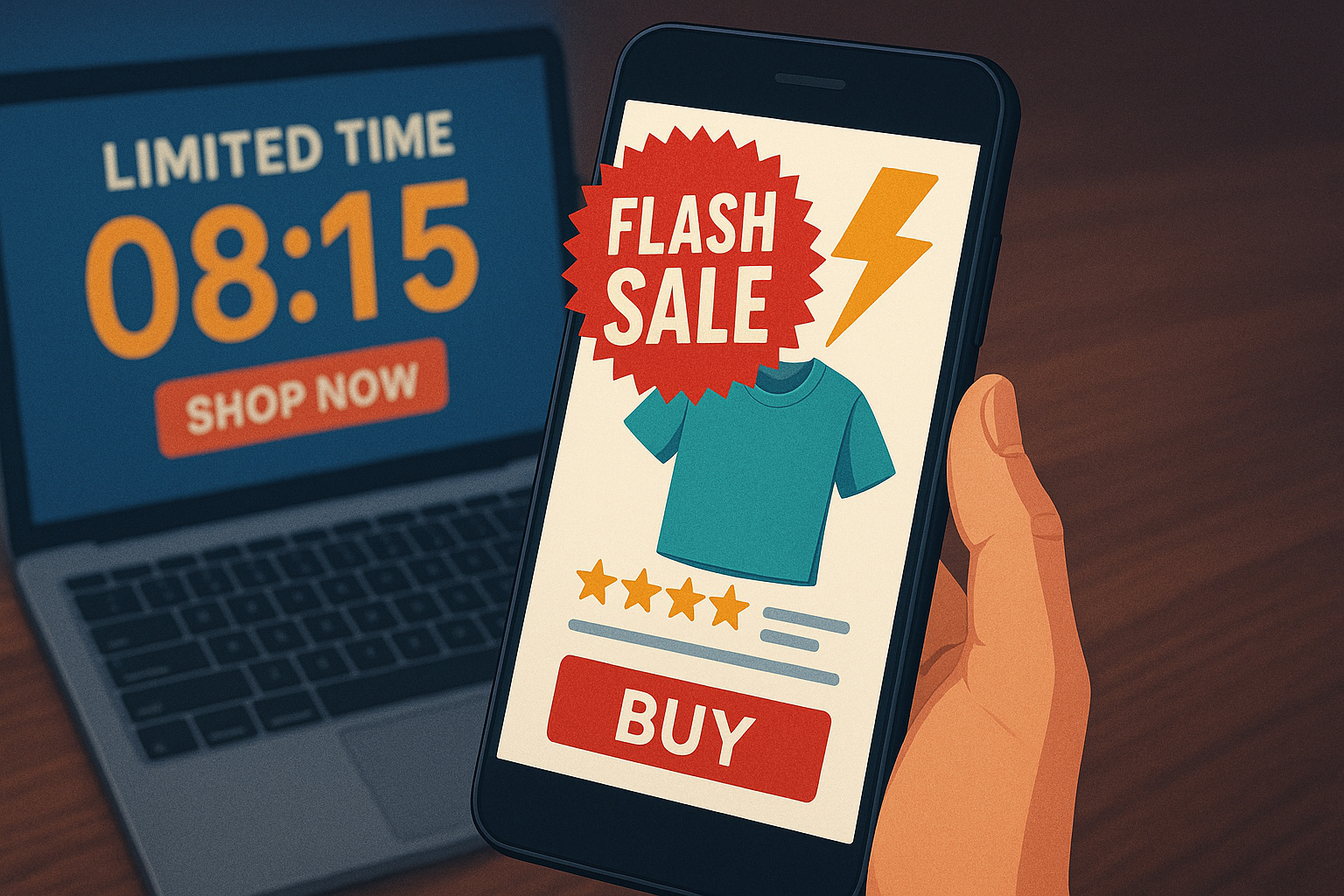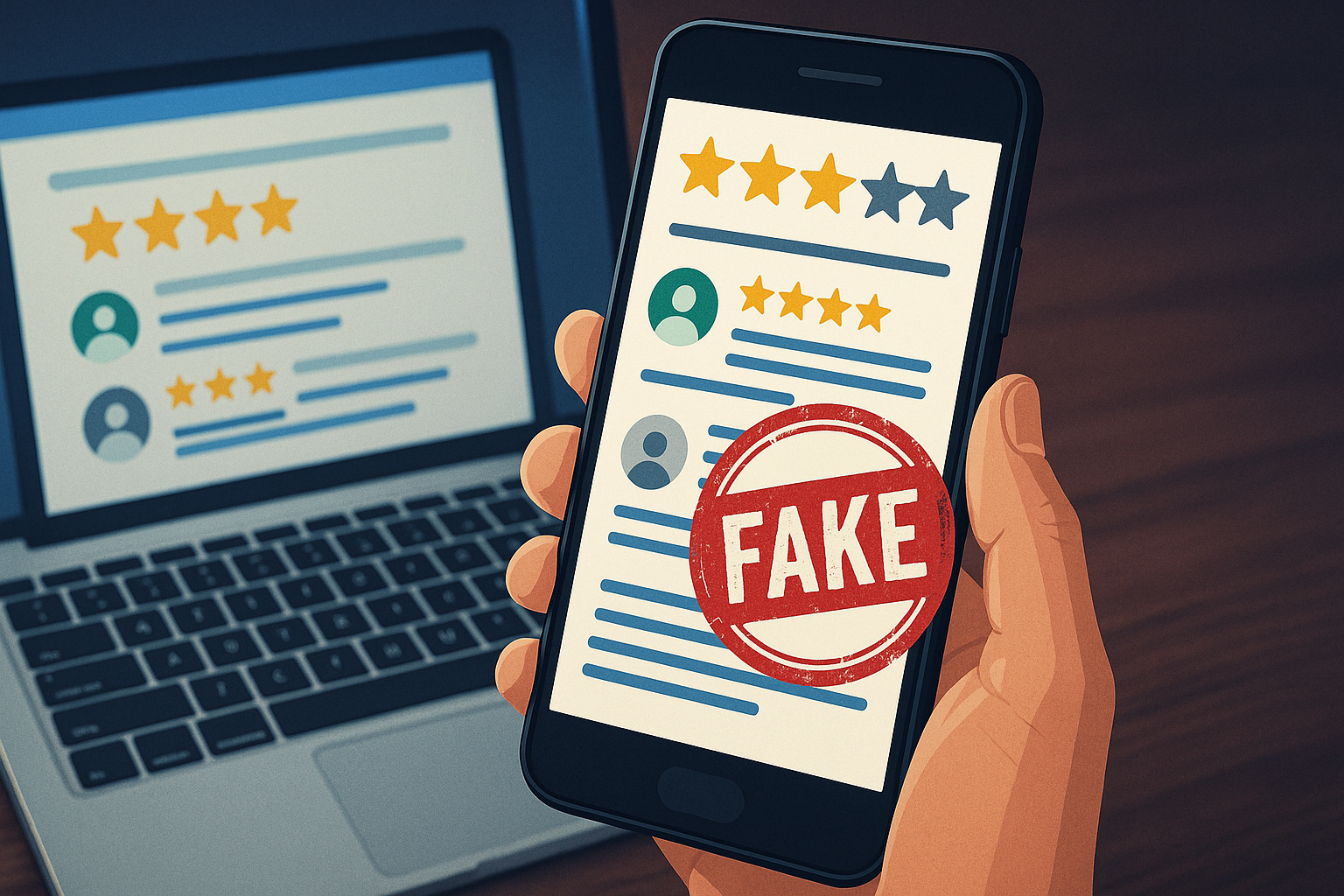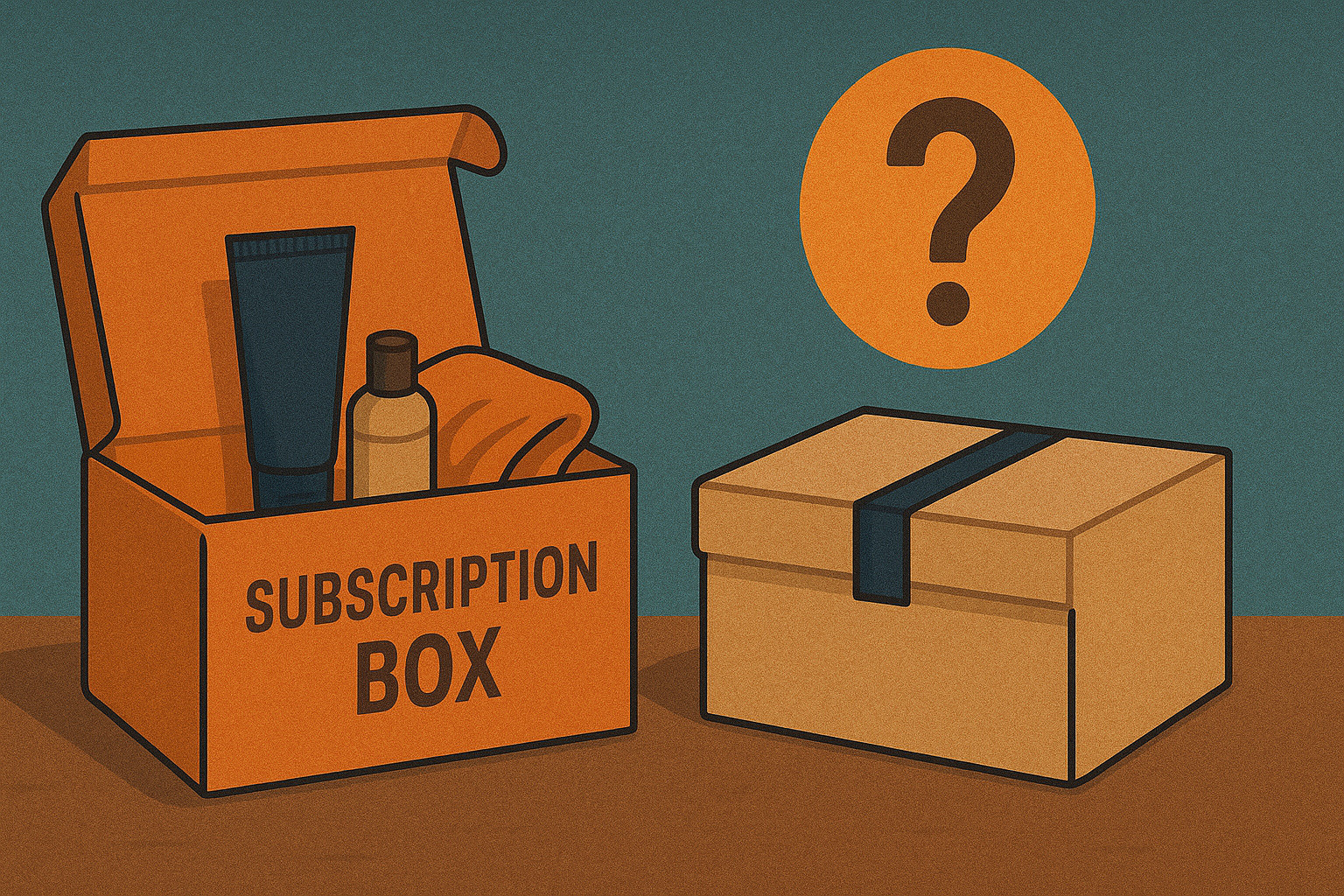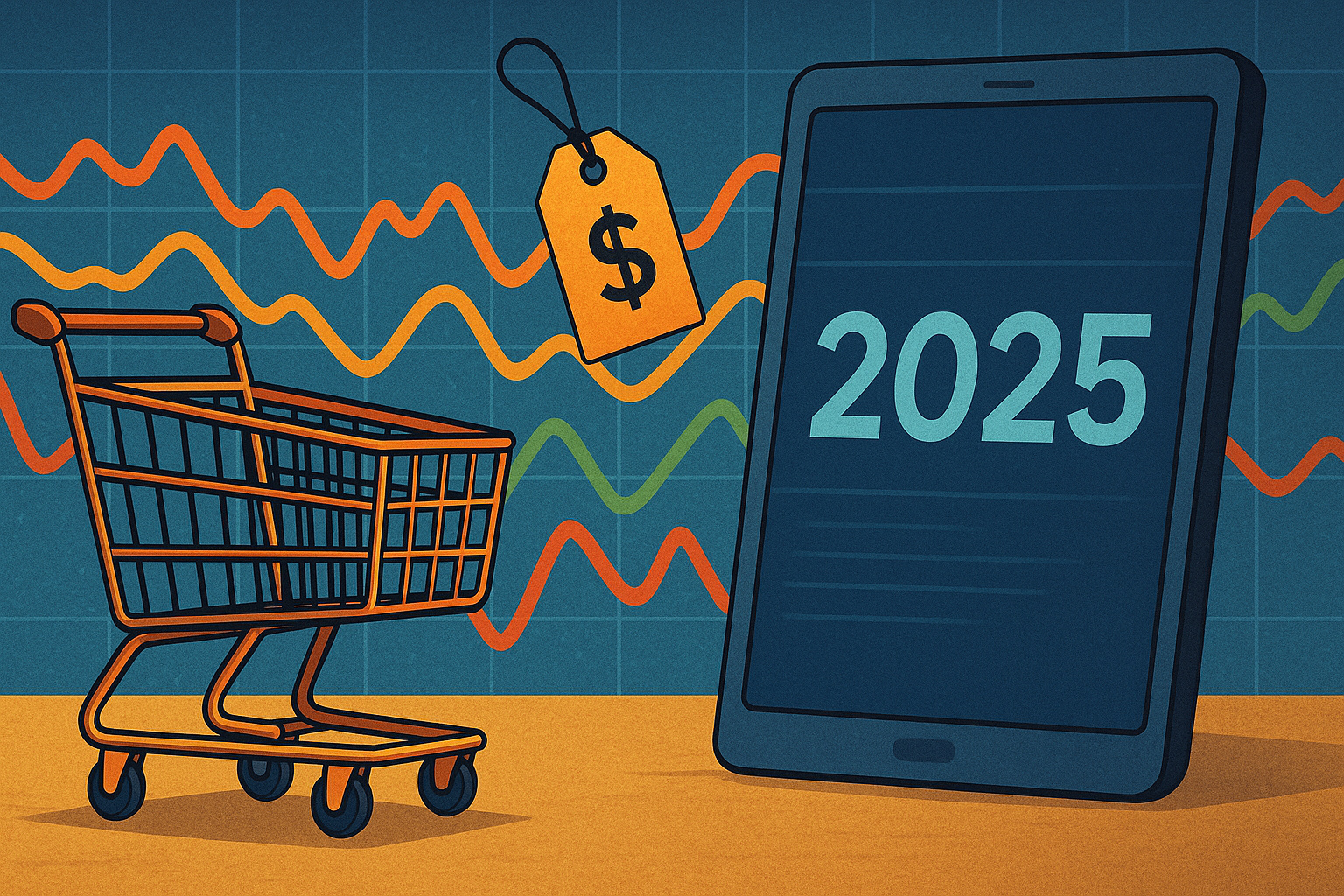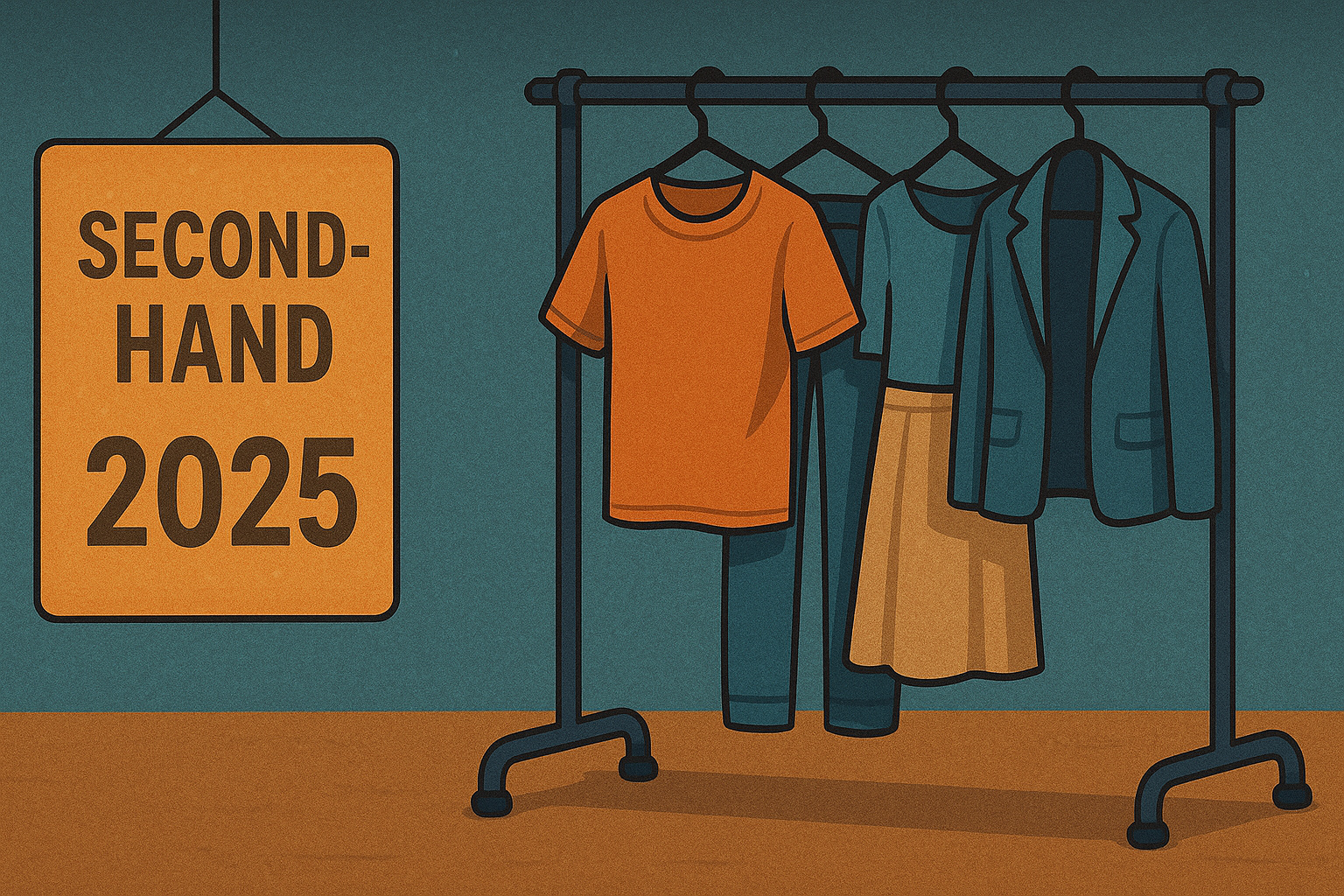
In 2025, second-hand shopping is not just a fleeting consumer habit but a conscious approach embraced by a growing eco-aware and economically savvy demographic. With sustainable practices gaining priority globally, second-hand shopping appeals significantly as it contributes to reducing waste and curbing the demand for manufacturing new products. This trend underscores a shift towards more responsible consumption, meshing perfectly with the increasing societal commitments to sustainability and the rising awareness of the environmental impact of mass production.
As the popularity of second-hand shopping in 2025 continues to rise, consumers frequently grapple with how to select the best products and ensure they make wise purchases. Here's a helpful guide to navigating this re-emerging trend:
- Quality over Quantity: Look for items that are well-made, ensuring they last longer even if they've been pre-owned. Items like solid wood furniture, high-quality textiles, and sturdy electronics are often safer bets.
- Well-known Brands: Renowned brands often equate to better durability in products. While brand-new items from these brands can be costly, their second-hand counterparts are often much more affordable.
- Condition and Longevity: Assess the condition carefully. This involves checking for damage, wear and tear, and also considering the potential lifespan of the item based on its current state.
Maintaining second-hand items also carries its nuances:
- Regular Cleaning: Regular cleaning and careful use can significantly prolong the life of second-hand goods, whether it's furniture, electronics, or clothing.
- Professional Repairs: Favor professional help for repairs, particularly with electronics and mechanical items, to ensure they remain functional for as long as possible.
- Proper Storage: Appropriate storage can prevent excessive wear and tear. For example, keeping electronics in a dry, cool place and using garment bags for storing vintage clothing can help preserve their quality.
By incorporating these practices, consumers not only benefit financially from lower upfront costs but also contribute to a more sustainable pattern of consumption, tipping the scales in favor of environmental conservation and economic efficiency.
Second-hand shopping in 2025 represents a smart fusion of economic savvy and environmental responsibility. By prioritizing quality, well-known brands, and the condition of items, shoppers can take full advantage of this burgeoning trend. Incorporating regular maintenance and proper storage also empowers consumers to extend the use-life of their purchases, enhancing both economic and environmental benefits. This guide aims at helping you make informed choices in the world of second-hand shopping, ensuring both sustainability and consumer satisfaction are in reach.
